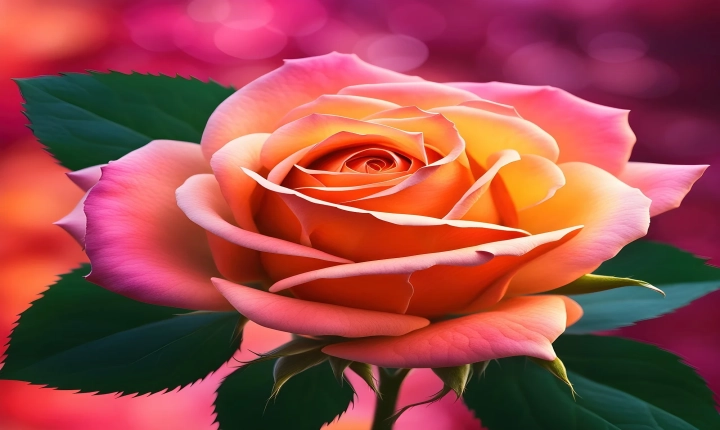Is AI Art Taking Over?
Artificial intelligence (AI) has been making significant strides in various fields, and the world of art is no exception. With the rise of AI-generated art, many are beginning to question whether AI is taking over the art world. While AI-generated art has its merits, it also raises concerns about the future of human creativity and the value of traditional artistic skills.
One of the most prominent examples of AI art is the use of generative adversarial networks (GANs), which employ two neural networks to generate new, original artworks. These AI systems can analyze massive amounts of data, including existing art pieces, and then create entirely new and unique pieces based on the learned patterns and styles. The results are often surprising and thought-provoking, pushing the boundaries of what is considered traditional art.
In addition to creating original art, AI has also been used to replicate the styles of famous artists. For example, AI algorithms have been trained to mimic the techniques of renowned painters such as Van Gogh and Rembrandt, producing new works that closely resemble the style of the original artists. This has led to debates about the authenticity and value of AI-generated art compared to art created by human hands.
Proponents of AI art argue that it opens up new possibilities for artistic expression and creativity. AI can produce art at a scale and speed that would be impossible for a single human artist, allowing for the exploration of new ideas and styles. Additionally, AI art can serve as a tool for collaboration, as human artists can work alongside AI systems to create unique, hybrid pieces that blend human creativity with AI-powered innovation.
However, critics of AI art raise concerns about the impact of AI on the traditional art world. They worry that AI-generated art may devalue the work of human artists and diminish the significance of traditional artistic skills. Furthermore, they question whether AI-generated art can truly capture the depth of human emotion and expression that is often conveyed through traditional art forms.
Another consideration is the potential displacement of human artists by AI systems. As AI continues to advance, there is a fear that it may replace human artists in certain creative industries, leading to job loss and a homogenization of artistic expression. This raises important ethical questions about the role of AI in the creative process and its impact on the livelihoods of human artists.
In conclusion, AI art is undeniably making its mark on the art world, raising complex questions about the intersection of technology and creativity. While AI-generated art offers new possibilities and innovations, it also poses challenges to the value of traditional artistic skills and the role of human artists. As AI continues to evolve, it is crucial to consider the ethical and societal implications of its growing presence in the art world. Balancing the benefits of AI art with the preservation of human artistic expression will be a critical task for the future of the art world.
